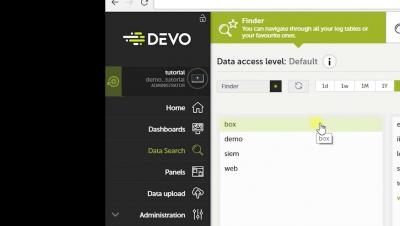Security | Threat Detection | Cyberattacks | DevSecOps | Compliance
%term
Clarifying the Misconceptions: Monitoring and Auditing for Container Security
An effective container security strategy consists of many parts. Organizations should first secure the build environment using secure code control along with build tools and controllers. Next, they should secure the contents of their containers using container validation, code analysis and security unit tests. Finally, they should develop a plan to protect their containers in production systems by focusing on runtime security, platform security and orchestration manager security.
Proactive System Hardening: Continuous Hardening's Coming of Age
The first article in this series examined configuration hardening—essentially looking at ports, processes and services where security configuration management (SCM) is key. The second article looked at application and version hardening strategies. This third installment will discuss the role of automation in the coming of age of what’s called “continuous hardening.”
5 Steps to Maximize Your Financial Data Protection
A series of high-profile data breaches in 2017 made it clear that it's becoming more difficult to protect your and your customer's sensitive information from nefarious agents. As businesses expand, they develop and implement security policies that help protect their sensitive information from outsiders.
OCR brings out the hidden value in legacy data
Egnyte for Gmail
Proactively Hardening Systems: Application and Version Hardening
The first article in this series examined configuration hardening, essentially looking at ports, processes and services as the “doors, gates and windows” into a network where security configuration management (SCM) becomes the job of determining which of these gateways should be open, closed, or locked at any given time. Now it’s time to look at application and version hardening.
Tripwire For DevOps External Registry And Alert Capability
Although many organizations are shifting security to the left and embracing the integration of security tools into their continuous integration / continuous delivery pipelines, there are others who have different wants and needs.
Five top tips for booking a penetration test
Last week, we spoke about the common issues that come up throughout a penetration test. We left out what many of our penetration testers think of as the ‘biggest issues’, however, as the finished article rivalled Dickens at his wordiest. Still, they’re definitely worth raising, as some of the most common issues that emerge from a penetration test don’t involve misconfigurations, vulnerabilities or hacking of any kind.
Weekly Cyber Security News 05/10/2018
A selection of this week’s more interesting vulnerability disclosures and cyber security news. Development frameworks are wonderful, can’t disagree there, they do make life easier by taking away tedious process. Obviously their increased complexity in hiding this tedium from the dev means debugging can be tricky at times. So they often included some quite revealing debug modes that can help…. Only that they really are for the eyes of the dev and not the public.








